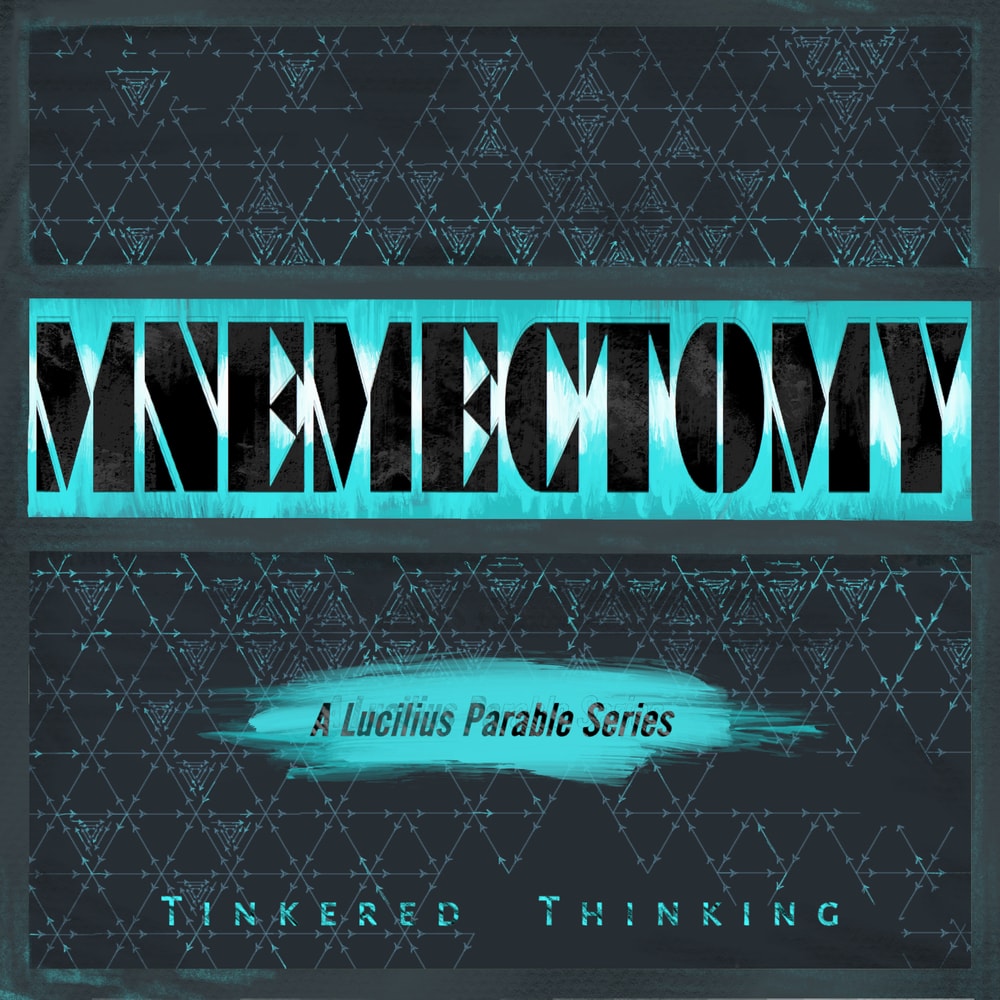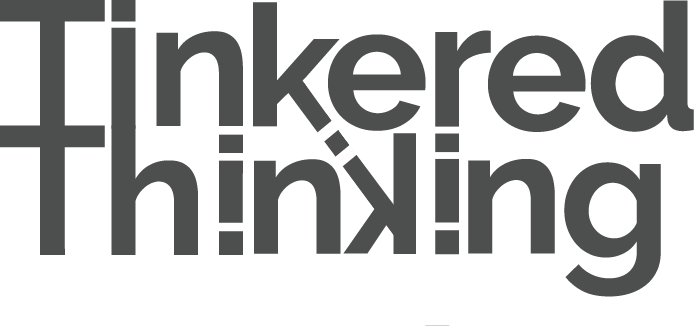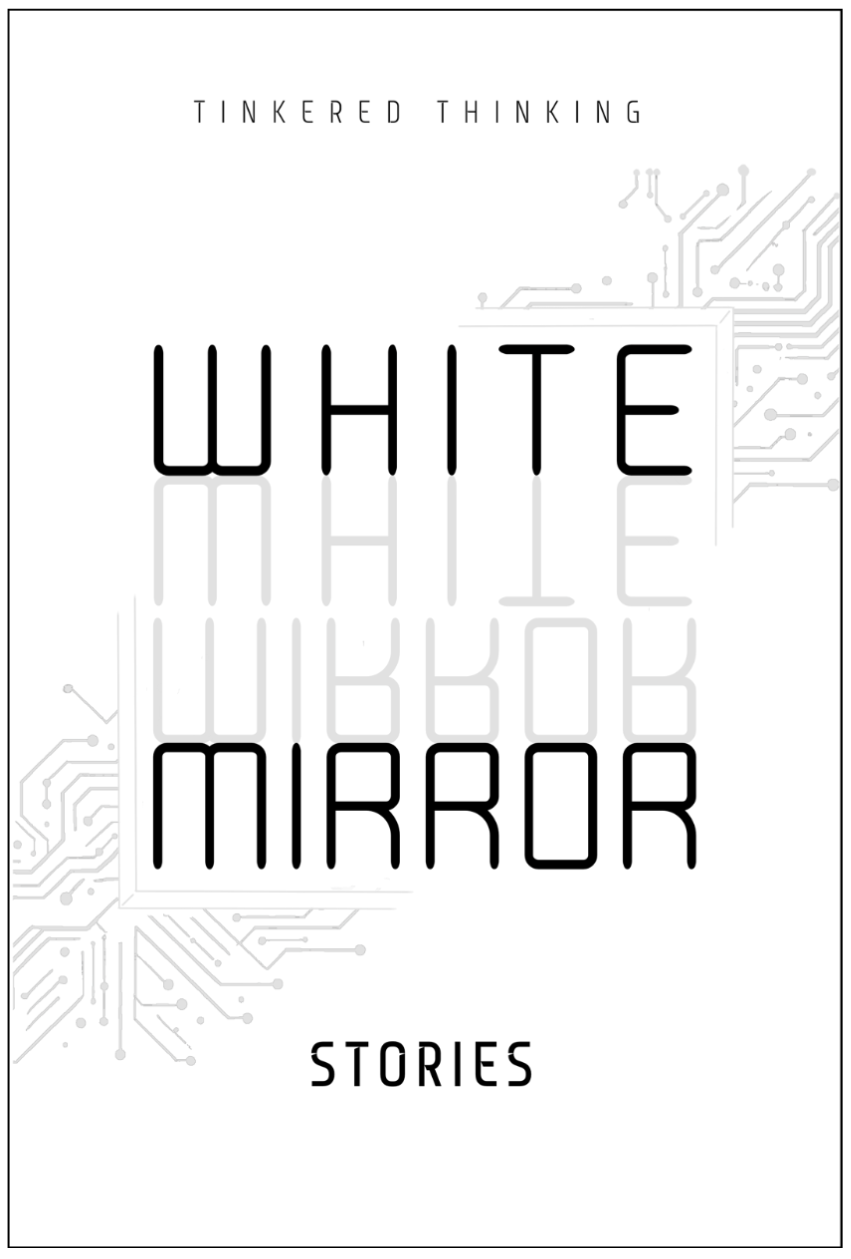Daily, snackable writings to spur changes in thinking.
Building a blueprint for a better brain by tinkering with the code.
subscribe
rss Feeds
SPIN CHESS
A Chess app from Tinkered Thinking featuring a variant of chess that bridges all skill levels!
REPAUSE
A meditation app is forthcoming. Stay Tuned.
FLAVORS OF STRESS
June 11th, 2021
It’s dangerous to skimp on sleep. So dangerous in fact that scientific studies that involve sleep deprivation are against the law. And because of this we don’t have good data on how much wakefulness a person can stand, but the evidence seems clear that lack of sleep will kill you faster than a lack of food, water, or any other bodily needs aside from oxygen. Not sleeping, is just, a bad idea. That being said, every once in a while an all-nighter occurs, and like many bad things, “every once in a while” probably doesn’t do any meaningful damage.
The all nighter carries with it a bit of a psychedelic experience. There seem to be inflection points past which the mind works -or at least feels- quite a bit differently. Despite nauseating waves of exhaustion, if the task is pressing with enough urgency, a focus pushes through and dominates. This is pretty strange if placed next to the regular old day when beset with an ordinary amount of work. Despite being well rested and far better equipped mentally to tackle a task, we can while away the time. Perhaps there is an added desperation caused by those waves of exhaustion that add to the larger need to get the task done.
It begs the question of whether or not we have enough pressure during the average old day. Now for most, this is going to equate to an ambient and pernicious aura of stress. What? More pressure? Are you kidding? As with so many thing it’s not a matter of absolute quantity, but an issue of quality. For example it’s certainly very difficult to deadlift a lot of weight and it’s also very difficult to deadlift a bunch of weight with terrible form. It’s quite arguable to say that it’s harder to deadlift a bunch of weight with bad form because in that case you may actually be doing damage to the body, which brings it into an entirely different category of stress. The point is: perhaps we don’t funnel, filter and transform our daily amount of stress into the best forms?
The casual and probably quintessential form of this is spending hours dreading a certain bit of work, procrastinating the whole time, and then finding that it turns out the work is quite simple, easy, and quick and then pondering curiously about all that unnecessary stress that preceded it. Would life for this situation not be better if there’d been just a little bit more pressure to get it done faster? Is is possible that this would mean less total stress in the long run? Quite possibly.
The strange thing about stressful periods that involve all nighters is that we often look back on them fondly. See, a little secret about happiness is that it’s not all fun and games. We confuse happiness and comfort, and happiness actually requires a good deal of discomfort in order to activate in the soul. Comfort hard won turns into happiness, but comfort without struggle often just makes space for anxiety.
BUILDING IN PUBLIC
June 10th, 2021
For the most part, social media gets a pretty bad rap. And for good reason: it’s calibrated to our lowest impulses, and our most easily triggered desires. But that doesn’t mean it can’t be helpful. A social media account, is after all, free exposure to what could be millions of people who appreciate what we do, and if we can harness that attention, those millions could become adoring customers. Such notions are bound up in our notion of brands and the atrociously termed ‘influencers’. But the power and opportunity of social media extends far beyond such categories. An artist who shares their work can find a small cadre of patrons who gobble up their work and fund their life.
This idea of building something in public, be it a business, an app, a cannon of paintings or writings is powerful for two very important reasons.
Take for instance the circumstance of someone building a product that isn’t yet launched or scaled, and who doesn’t have much money. Social media offers the possibility of a free awareness campaign, but it goes far beyond this. Posting a track record of progress allows potential customers to comment on the product before they even have it. This is an invaluable source of information. Most products -especially before the internet - were a total gamble. You designed it, made a bunch, stocked the stores and hoped people would buy it. But with the internet, and especially with social media, we can now design our project in public, and integrate feedback into the process, making the chances that our project is well received when it finally is launched, much higher.
This is the secret sauce of a platform like kickstarter. The average notion is to just put a project up on kickstarter and hope for the best. What’s far more likely to succeed is to document the entire process of prototyping the project on a social media account to build awareness and gain feedback. But then, once a move like putting the project on something like kickstarter is done, there’s already an audience to tap for potential support. This makes the likelihood that a goal is reached much much higher.
But beyond all this, there’s one additional benefit to building in public that far supersedes anything mentioned. It’s what happens to motivation when feedback comes in. Working on a project, like a business or a painting is often a solitary process, and because of this motivation can be a bit of a challenge. Toiling away in obscurity is very difficult. But toiling away in public brings a new dimension to the problem of motivation. There are few things in life that are more motivating than a comment from a stranger who loves what you’re doing and can’t wait to get their hands on it. All the usual bias of friends and family are gone, and there’s a clarity about the project and what it means to another human. This, beyond anything helps light that spark of drive to push forward, and get it done.
THE PLANNED TRAP
June 9th, 2021
The puzzle of motivating one’s self on a project that does not have a clear and near incentive is very difficult is a very difficult one to solve. It’s the reason for the countless self help books that are published at such a constant or even accelerating velocity. For the audience of such books, the main issue is that rewards for constant efforts devoted to some area of improvement are often very far away. Losing weight, getting fit, getting rich, quitting the boring job, becoming a master of skill, doing something you love for work. All of these are, for most people long drawn out processes. They lack all of the urgency that something like a baseball rocketing towards your face would inspire. For such clear and near events we are remarkably well suited. We duck.
The first or next step to any such long drawn-out goals is often simple, straight forward and fairly easy to get done. But instead of taking such a step, we begin to plan, strategize, write a to-do list, ready the work area, and inevitably squander our energy on different forms of procrastination as though that next first real step can only be taken when everything is perfect, and the plan accounts for every possible contingency that might throw our drive from the trail.
A broad goal cannot be planned in detail, the steps can only be discovered as they are taken, and any plan is best encapsulated by a definition of the goal itself, not some path we imagine might force it into reality.
Each moment brings a new branching set of possible actions that may bring us closer to our goals with differing amounts of progress. Sometimes, perhaps even usually, our goals are closer than we think but the plan gets in the way because the round-about route is the only clearly visible one. And once the nose is to the grinding stone, a myopia for quicker paths overtakes our perspective, fuelled by a blind attachment to the plan already decided on.
The plan quickly becomes a trap, one that works in two ways. Making the plan is a waste of time that could be better spent actually trying to carry out the first item on that fantasy trail, and it can blind us to other, better options that emerge as the situation changes as a result of the actions we do take.
INVISIBLE PROBLEMS
June 8th, 2021
Put up with something long enough and it becomes normal. Normal is invisible. It’s in the countless details that we miss every single day as we go about daily life. The way sunshine ricochets off a scatter of tree leaves, the gums stuck to the sidewalk edges. The faceless people on the busses and subways, walking past us, all with expressions we fail to pay any attention. For the most part this is an important filtering process. We have to filter out a huge amount of information in order to function. We just don’t have the time, energy or brain space to deal with every little bit of reality. But this normalizing of details that perpetuate creates crucial blind spots that can keep people under the thumb of life that is not nearly as good as it could be.
Sleep deprivation is a very common one. It is possible to get used to consistent nights of three to four hours of sleep, despite how unpleasant this makes the days and how detrimental it is to long term health. We have surprisingly poor memories can quickly forget just how much better daily life is after a solid night’s rest. The problem becomes invisible because it becomes normal, which makes it harder and harder to address because it ceases to have any obvious pertinence.
Obvious problems we fix. When someone calls several times a day, leaving voice messages about something we have failed to attend to, the effect can be nerve-wracking. (As a short aside I once worked with someone who I noticed got a lot of stuff done. When I commented on the fact, she responded by saying “It’s easy, I just call people several times a day and leave them voice messages until they do what I need.” There is nothing quite as effective as being obvious. And to couch this in the terminology of a different field: All press is good press.). Obvious - the word - has an etymology that means simply ‘frequently encountered’. And here, a strange contradiction seems to emerge: Why isn’t everything normal also obvious? We encounter the normal everyday so wouldn’t that make all these invisible things obvious?
The answer hinges on novelty. What is obvious in a pressing way has to be new. Something becomes obvious in the sense that it’s frequently encountered and invisible if it’s encountered with such frequency that it ceases to be novel. This is the process of becoming inured, and it’s how something as miserable as constant sleep deprivation can go from an awful experience that severely discounts your ability to perform during the day to just a new normal that is totally devoid of an idea that life and one’s performance could be better by a significant order of magnitude.
DEBUG THE SOUP
June 7th, 2021
In programming there’s a grave mistake that’s quite easy to make. It happens when the program, instead of having an end, loops back on itself. This is called an infinite loop and it’ll heat up your CPU faster than a microwave. In all other parts of programming, debugging takes place through the use of print statements, or logging values to a console. It’s from these local values that a coder can make sense of where the program is going, and where it needs to go. But when an infinite loop occurs, any print statements happen like an infinite stutter and the console is quickly backed up with thousands of repeating statements within a second or two, and it doesn’t stop until the environment in which the program is running is killed outright. This inconvenient detail can make it quite challenging to debug an infinite loop, because often it’s not possible to examine the problem without activating the problem. The infinite loop is a bit like the universe telling you that what you want can’t be done, and the only reasonable way to react is to rebel.
Many efforts result in infinite loop - like outcomes: where our effort seems to have no effect on the reality we are trying to impact. We change this variable, we rewrite the function, but still the same dead end swirl of “not working”.
One way to zero in on the issue of an infinite loops is to start subtracting bits of code. Taking out chunks eventually results in no infinite loop which signals that the missing chunk is the problem.
We can do the same with our efforts in other areas of life. We try to do so much, putting everything together at the same time, but the melange of variables quickly obscures exactly what is having an effect, if any. This is the virtue of starting small and trying to make a minimum viable effort have a minimum observable impact. Once the correlation is strong enough to safely imply causation, then a new dimension can be added to see what the new effect might come about.
With an infinite loop, that subtracted chunk of code - which is clearly the culprit - can be whittled down even smaller by subtracting smaller and smaller chunks of the problem until the issue has been narrowed down as much as possible. Such a problem is not solved by reasoning but by a process of elimination.
Process by elimination is of course a form of reasoning, but it’s a tool we rarely use in view of our efforts. We almost always reason forward: if I do this, then that will happen. But our idea of what to do is usually multifaceted with many moving parts and variables. Rarely do we simplify to a single action for the purpose of achieving a singular result. We want it all at once, so we try to do it all at once, but the effect is muddled. But by using a process of elimination, like removing most food types from a diet in order to introduce each one at a time to notice their result, we can see what effect actually correlates to which input.
-compressed.jpg)





